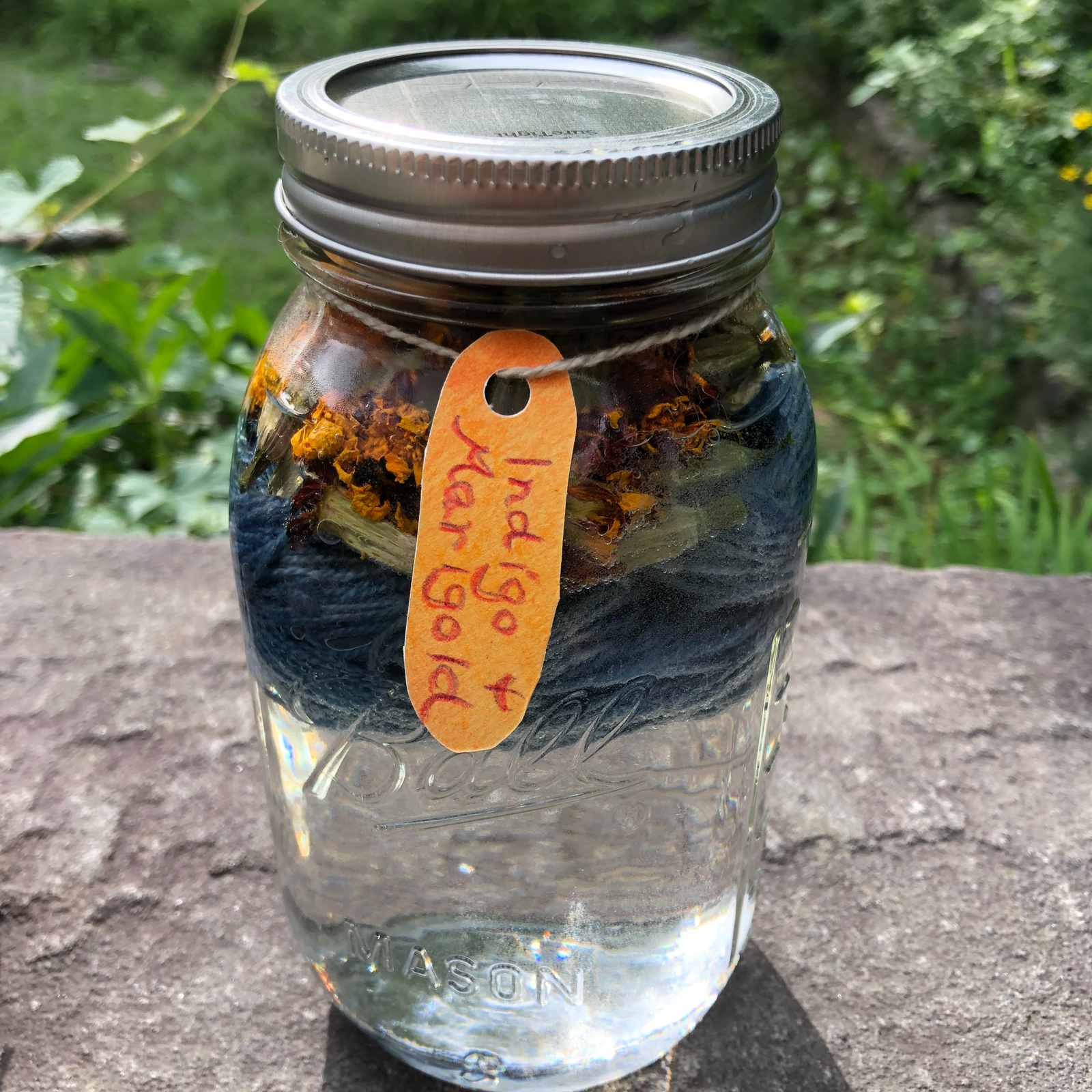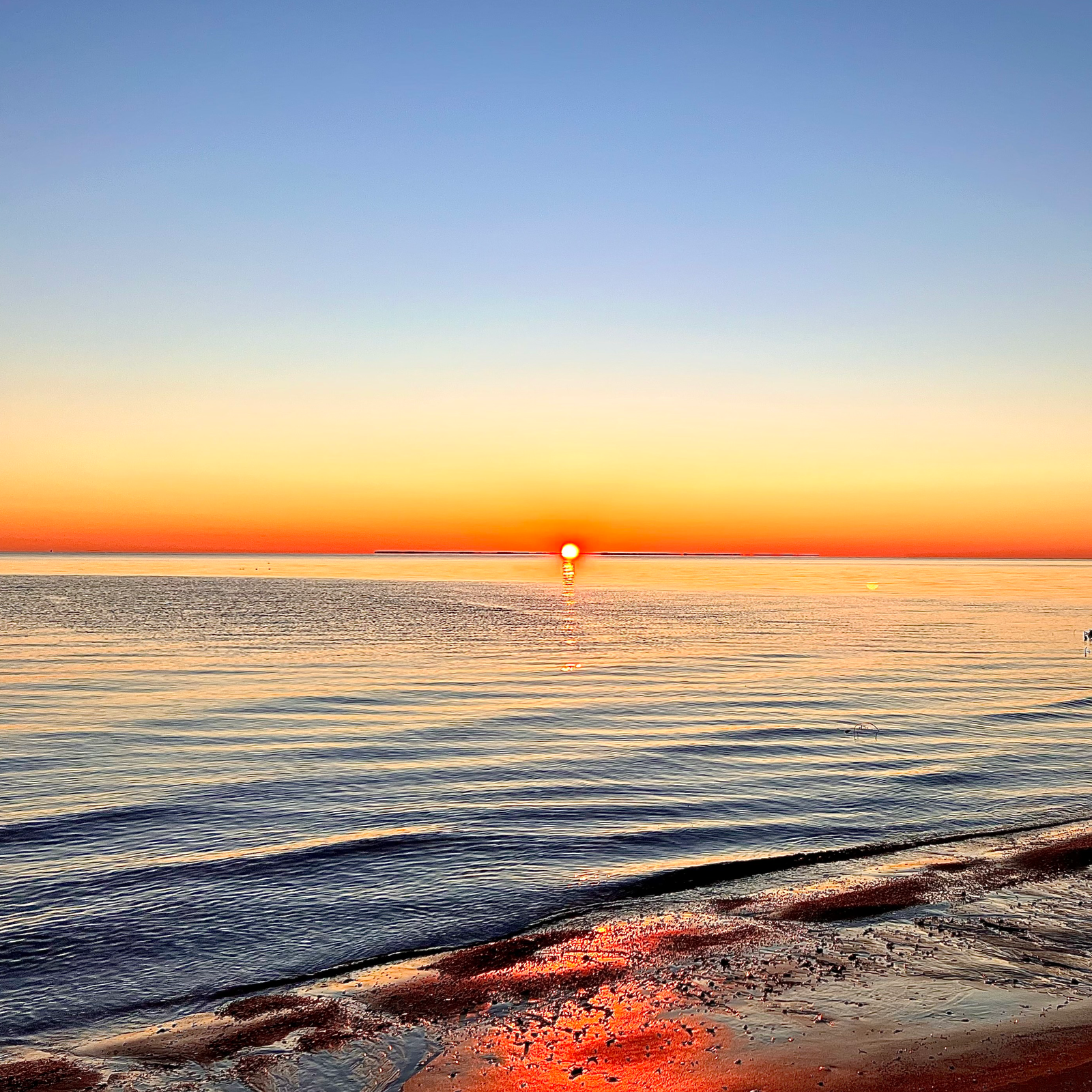-
Grade 1 Archetypal Professions block
- recall Healer
- look at Jewelweed & Plantain soap for poison ivy (made locally at Meadows Bluff Farm), look at the ingredients in the Herbal Salve (made locally at Dayempur Farm)
- add Healer to MLB
Grade 1 & Grade 3Today two groups of students came together to share a story and activity. The younger students were learning about the Hunter, and I had wanted us to do something with making play weapons. The older students were learning about the story of David and Goliath. So we read David and Goliath retold by Beatrice Schenk de Regniers and then went outside to make slings and try to toss raw eggs with them (in the field).
Grade 7 Age of Exploration / Renaissance & Reformation block - discuss ancient navigation techniques, read A Gift from the Past by James Rumford
- rough draft Christopher Columbus
- explain that the land on which we are standing was originally Kaskaskia land (resources: https://native-land.ca; "Native Tribes of Southern Illinois" information from Native American Heritage page for the Shawnee National Forest, USDA; Wikipedia page for Kaskaskia)
Tuesday, April 26
-
Grade 1 & Grade 3
- fine-tune sling designs, practice throwing raw eggs (each child got 4)
- play the Hunter/Gatherer Simulation Game from Early Humans by Michelle Breyer
- read Dandelions by Eve Bunting
- note that dandelions were one of the foods in the Hunter/Gatherer Simulation Game but are also a medicinal plant
- share some pictures of butterflies and a list of their host plants; note how many of these plants are also on our medicinal plant list (milkweed, stinging nettle, plantain, etc.)
- explain that we are participating this year in NO MOW MAY (PDF) in an effort to help the pollinators
- add Hunter to MLB
- explain what a Merchant is, begin to read Beauty and the Beast (original version of the story)
-
have students divide up and read stories for David and Solomon
Psalm Twenty-Three
illustrated by Tim Ladwig
Psalm 23
illustrated by Barry Moser
King Solomon and the Bee
by Dalia Hardof Renberg
Solomon and the Trees
by Matt Biers-Ariel - add Christopher Columbus to MLB
- read 9 chapters of Mapping the World with Art by Ellen Johnston McHenry at home
7. Henry the Navigator
8. Printed Maps
9. Spice Wars and Pirates
10. Christopher Columbus
11. Columbus Sails Again
12. Giovanni Caboto (John Cabot)
13. Vasco da Gama
14. Columbus's Last Voyages, Amerigo Vespucci, and Juan de la Cosa
15. The New World Becomes "America"
Grade 1
Archetypal Professions block
Grade 3 Old Testament Stories block
Grade 7 Age of Exploration / Renaissance & Reformation block
Wednesday, April 27
-
Grade 1 Archetypal Professions block
- outdoor play time - set up Flower Shops for Merchant
- indoor play time - Wildcraft: An Herbal Adventure Game
- finish reading Beauty and the Beast during snack
- read chapter 13 "M" and chapter 14 "N" of The Wise Enchanter: A Journey Through the Alphabet by Shelley Davidow during lunch
- recess - Flower Shop play
- check on our strawberry plants in the garden
- Circle Time - Opening Verse, "The Kind Mousie" Recitation, Word Tennis /t/
- recall David and Solomon
- read chapter 18, "A City of Wonders and Wickedness" and chapter 19, "A Surprise Party" from A Child's History of the World by V.M. Hillyer (1951)
- have students divide up and read stories for Jonah and Daniel
- add Draw a Giraffe Head illustration to summary of Zheng He
- read chapter 60, "Fortune-Hunters" and chapter 61, "The Land of Enchantment or the Search for Gold and Adventure" from A Child's History of the World by V.M. Hillyer (1951)
- make a master list of explorers from a combination of resources
- begin reading The King's Fifth by Scott O'Dell for SSR
Grade 3 Old Testament Stories block
The Book of Jonah
by Peter Spier
The Story of Daniel in the Lion's Den
by Michael McCarthy
Grade 7 Age of Exploration / Renaissance & Reformation block
Thursday, April 28
-
Grade 1 Archetypal Professions block
- read chapter 15 "O" and chapter 16 "P" of The Wise Enchanter during lunch
- add Merchant to MLB (illustrations from Flower Shop play)
- Circle Time
- look at the Tools of the Trade for baker
- make Strawberry Shortcakes (Toaster Oven Biscuits, macerated strawberries, sweetened whipped cream)
- preview the story of Esther
- SHEG Reading Like a Historian lesson Moctezuma and Cortes
- preview lesson 4, "Unraveling the Quipu Knots: Incan Math," from Math and Science Across Cultures: Activities and Investigations from the Exploratoreum
Grade 3 Old Testament Stories block
Grade 7 Age of Exploration / Renaissance & Reformation block
Next week, the youngest students will move into the final First Grade main lesson block of the school year (Science: 4 Elements) and the older students will wrap up any and all existing incomplete projects (originally my plan was to have them do a self-directed World Geography block using Mapping the World with Art by Ellen Johnston McHenry as their primary resource, but they requested that we move that block to the first topic of next year so that they have enough time to do it really well). The student who is most interested in hearing the remaining Old Testament Stories (the holidays of Purim and Hanukkah) will borrow from my booklist as her SSR choices.
This post contains affiliate links to materials I truly use for homeschooling. Qualifying purchases provide me with revenue. Thank you for your support!


































































 Immersive Experience
Immersive Experience Immersive Experience
Immersive Experience